Ask Ethan: How Do We Feel Acceleration In Space?
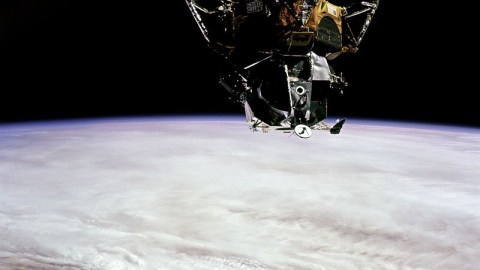
And what role, if any, does gravity play?
While most of us have never had the opportunity to go into space, we all have the chance to dream about it and wonder what it would be like. Across a wide variety of science fiction shows, you can find a number of different representations of how acceleration appears to affect everyone and everything that’s traveling through the Universe. But if you were actually on board such a spaceship and restricted yourself to the laws of physics as we presently know them, what would you actually experience? That’s what Twitter user Love The Cat wants to know, asking:
Do you feel acceleration in space if you aren’t close to an object with enough gravity? It’s a way tv shows [illustrate] motion but I feel like that isn’t going to be accurate without gravity. If we faked gravity wouldn’t it accelerate too?
Counterintuitively enough, what you feel and what actually happens to you don’t quite line up.
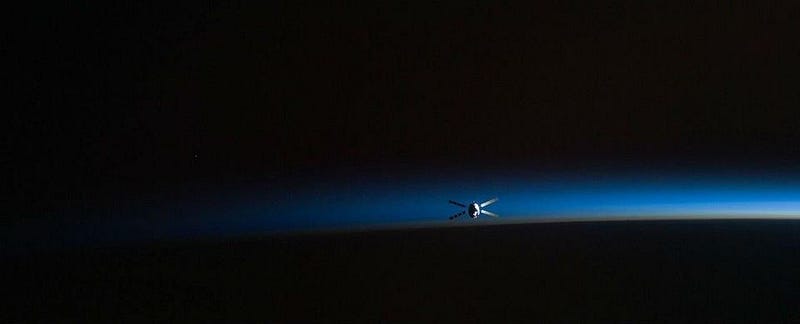
The force of gravity is always present, no matter where you are in the Universe. Here on the surface of Earth, we like to think that our planet’s gravitational field and the force arising from it dominates, as our common experience tells us it should. Indeed, every object at Earth’s surface experiences an acceleration of 9.8 m/s², in whatever direction you commonly define as down: towards the Earth’s center.
But as you sit in your chair and read these words right now, that isn’t the acceleration you feel yourself experiencing. It probably feels that you aren’t accelerating at all, even though the force of gravity is very much a real force acting on your body right now. The reason is simultaneously simple and deep. There’s an equal-and-opposite force cancelling out the force of gravity and preventing you from accelerating towards the Earth’s center: the force of the chair pushing up on your body.

If your chair weren’t there, the floor would push up on you instead, counteracting the force of gravity. If the building you’re in weren’t present, the surface of the Earth would push back on your instead. Only if you removed every possible barrier — every object that would push back on you if Earth’s gravity pulled you into it — would you actually feel your acceleration.
Instead, what you feel is a combination of these two forces: the gravitational force and what we generally call “the normal force,” because it pushes you normal (perpendicular) to its surface. If you’re on an incline, you also experience the force of friction to keep you in place, which is why if your surface is too slippery for your shoes, you’ll start sliding down that incline instead. The force of gravity would always accelerate you towards Earth’s center, but other forces can partially or wholly counteract that gravitational force.
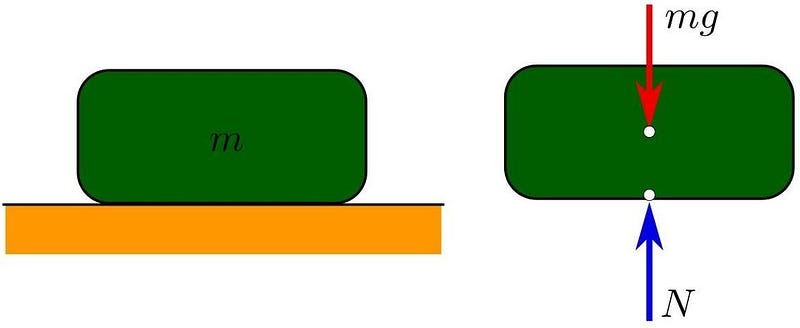
All of those counteracting forces go away, however, if you meet one condition: if you’re in free-fall. A freely falling object still experiences the gravitational force, just like everything else in the entire Universe. But without an object to push back against you and resist the force of gravity, you no longer have a normal force.
That feeling of being in free-fall is commonly known as the sensation “weightlessness.” You feel it when:
- you drive too quickly up a hill the moment before you start going downhill again,
- the instant the “drop” occurs when you’re on a roller coaster,
- the first second you leap into the air or jump out of an airplane, before air resistance becomes important,
- or — for the lucky few of us — the moment that the plane turns off its engines when you take a zero-gravity flight.
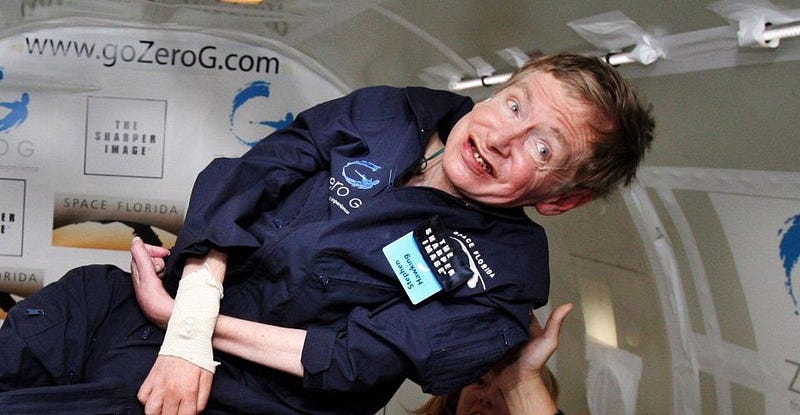
That weightless sensation, believe it or not, is what you feel when gravitation is the only force accelerating you. It’s hard to believe because it’s so counterintuitive, but what you’re experiencing right now is an equilibrium state. There is a gravitational force accelerating you, but there’s an equal-and-opposite force pushing you back. This is just as true on the surface of the Earth as it is when you’re flying (level) in an airplane at 35,000 feet: the object underneath you pushes you up with an equal and opposite force to the amount that gravitation pulls you down.
The astronauts on the International Space Station, for example, are a little over 400 kilometers (250 miles) above the surface of the Earth. At their elevation, the acceleration due to Earth’s gravity is smaller than it is at Earth’s surface: 8.7 m/s² instead of 9.8 m/s², a reduction of only about 12%.
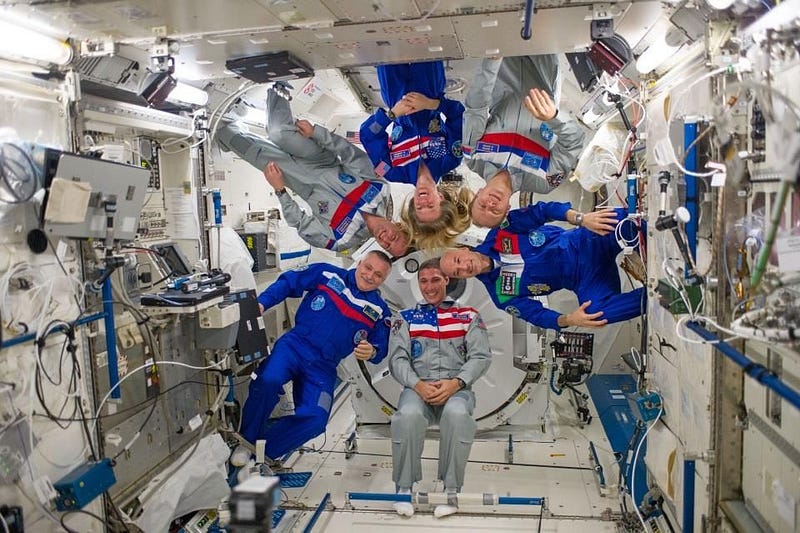
But every astronaut up there, all the time, experiences this same sensation: that of total weightlessness. Again, it’s that same consequence of free-fall at work here. The astronauts on board the International Space Station are accelerating towards the center of the Earth at 8.7 m/s², but the space station itself also accelerates at that same value of 8.7 m/s², and so there’s no relative acceleration and no force that you experience.
This same principle works on extreme scales, too. The astronauts who journeyed to the Moon never felt anything special as they traveled away from Earth and towards the Moon. They never felt anything other than weightlessness as they orbited the Moon. Only during two episodes during their journey — when their spacecraft used its thrusters to accelerate and when they actually were on the Moon’s surface itself — did they experience the physical sensation that we associate with acceleration.
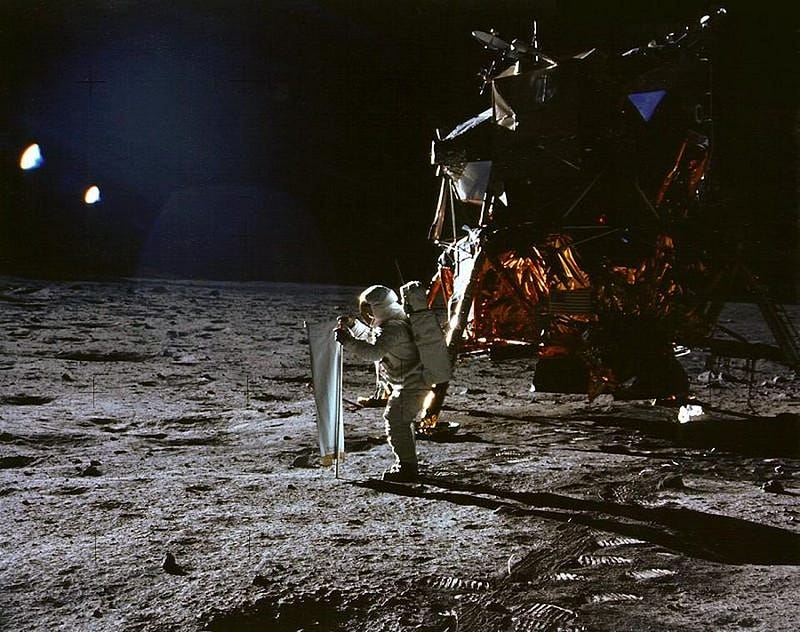
That’s because the sensation of acceleration doesn’t have anything to do with gravity at all. It only has to do with the magnitude of the normal force: of an object exerting a physical force on you. Here on Earth, one of the best tests you can do of this is to bring a scale into an elevator with you. If you stand on the scale and then go up, you’ll notice that:
- your weight on the scale first starts to increase as soon as you accelerate upwards, as the normal force (from the ground) increases,
- then your weight will return to normal, as your net acceleration returns to zero and you move at a constant velocity,
- and then your weight rapidly decreases as the elevator decelerates, decreasing your normal force (from the ground) as it occurs.
That same sensation of acceleration occurs when you’re in a car that speeds up or slows down, when someone pushes you all of a sudden, or if you’re in a rocket ship in the process of launching.
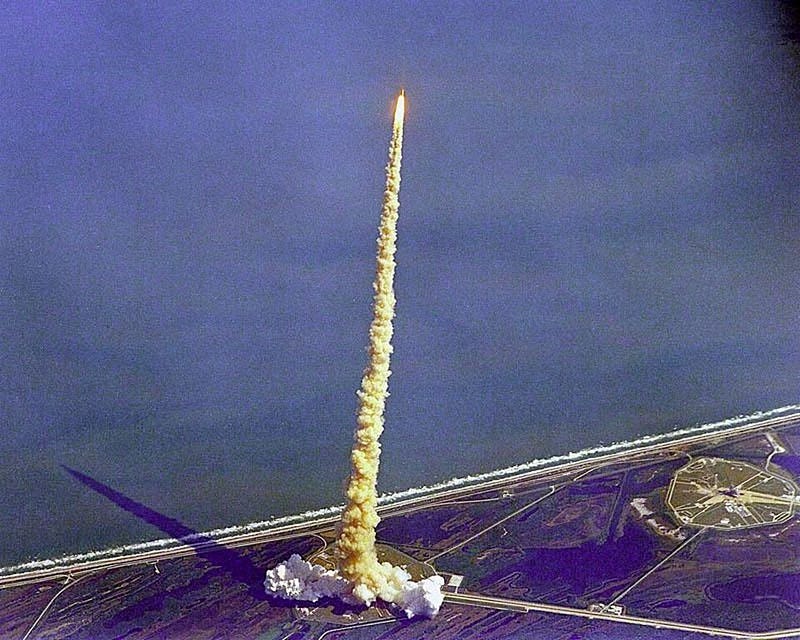
Coming into the world of science fiction, this is why so many starships invoke some sort of “artificial gravity” as a plot device. Without it, you wouldn’t experience that sensation of acceleration at all; under only the influence of gravity, even if you’re falling towards a moon, planet, star, or galaxy, you’d only experience that weightless sensation, because your body wouldn’t be experiencing any acceleration relative to the ship.
Either you have to have some way to constantly have your ship accelerate with the same acceleration you’d feel due to Earth’s gravity, 9.8 m/s², and then the direction the ship was speeding up in would feel like your “upward” direction, similar to how “down” is towards the center of the Earth, or you’d have to have a large rotating ship so that you’d experience “outward” as the down direction, an idea leveraged to great effect in the film 2001: A Space Odyssey.
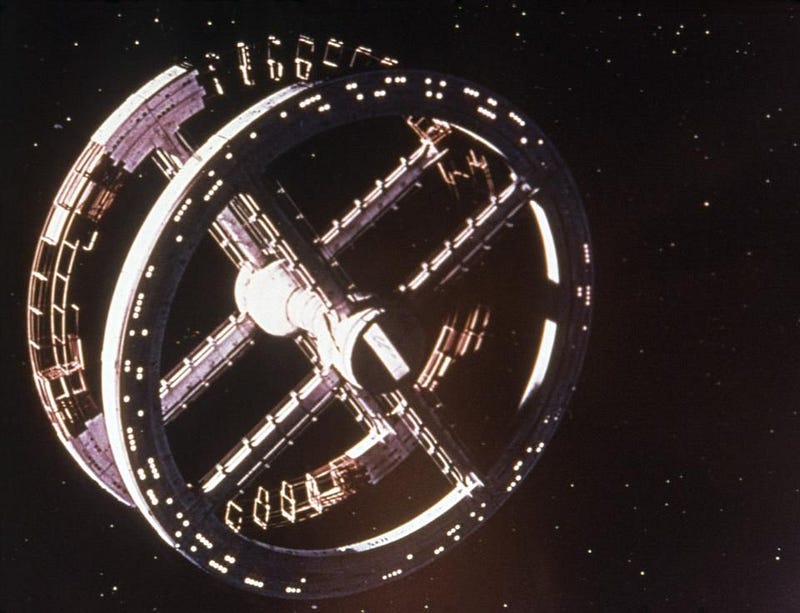
It was by thinking about puzzles and phenomena exactly like this that Einstein hit upon the key idea for General Relativity: the equivalence principle. Put simply, the equivalence principle says that if you’re in a closed, windowless room — like an elevator, for instance — you cannot tell the difference between a gravitational force (or acceleration) pulling you down and an acceleration due to a change in your motion that pulls you “down.”
The only indication you have is that objects appear to accelerate, inside your room, in one uniform direction. The only true test you could perform would be to drop different objects at different locations and to measure, to good enough accuracy, whether they accelerated towards a point (which would be gravitational), away from a point (which would be centripetal, or the rotational example), or in parallel lines (which would be linear acceleration).
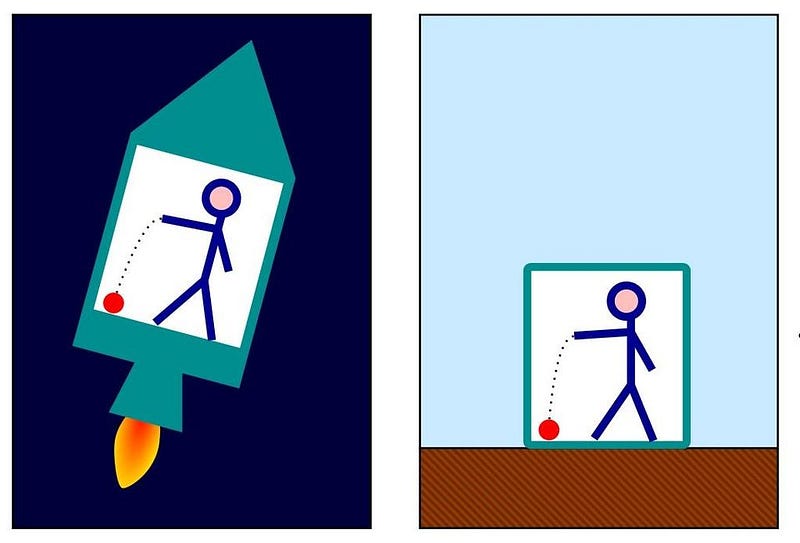
The reality is that the only sensations you feel, in your own body, are the forces resulting from objects that touch you. If you were in a sealed room and something outside the room caused both you and the room to move together — whether that force was gravitational, electromagnetic, or of any other nature — you wouldn’t be able to feel it so long as the sides of the room didn’t push against you in some way.
For gravitation, it causes you and the ship and everything else to accelerate at exactly the same rate; if nothing pushes against anything else, nothing will feel and sensation of force or acceleration. Even though gravity will accelerate you all the same, being in free-fall provides the same acceleration as being weightless. It’s one of the ways that gravity, even the 330+ year old Newtonian version, continues to amaze us.
Send in your Ask Ethan questions to startswithabang at gmail dot com!
Ethan Siegel is the author of Beyond the Galaxy and Treknology. You can pre-order his third book, currently in development: the Encyclopaedia Cosmologica.




